Regulatory Support
The Algae Based Ingredient Market is benefiting from increasing regulatory support aimed at promoting sustainable practices and health-oriented products. Governments are implementing policies that encourage the use of algae as a sustainable resource, recognizing its potential to address food security and environmental challenges. Regulatory frameworks are being established to ensure the safety and efficacy of algae-based products, which is essential for consumer acceptance. This support is likely to foster innovation and investment in the Algae Based Ingredient Market, as companies seek to comply with regulations while meeting consumer demands for transparency and sustainability. The alignment of regulatory initiatives with market trends could enhance the growth prospects of the industry.
Innovative Applications
The Algae Based Ingredient Market is witnessing a diversification of applications, which is a key driver of its growth. Algae are being utilized in various sectors, including food and beverages, cosmetics, and pharmaceuticals. For instance, the use of spirulina and chlorella in health foods and dietary supplements is becoming increasingly popular. Additionally, algae-derived ingredients are being explored for their potential in bioplastics and biofuels, indicating a shift towards more sustainable materials. The market is expected to expand as new applications are developed, with innovations in extraction and processing technologies enhancing the quality and functionality of algae-based products. This diversification of applications is likely to attract a broader range of consumers and industries to the Algae Based Ingredient Market.
Health Benefits of Algae
The Algae Based Ingredient Market is significantly influenced by the rising awareness of health benefits associated with algae consumption. Algae are rich in essential nutrients, including omega-3 fatty acids, vitamins, and antioxidants, which are increasingly recognized for their role in promoting overall health. The market for algae-based supplements and functional foods is expanding, with a projected growth rate of around 10% annually. This trend is fueled by consumers seeking natural and nutrient-dense alternatives to synthetic supplements. Furthermore, the incorporation of algae into various food products is gaining traction, as manufacturers aim to enhance nutritional profiles. The health benefits of algae are likely to drive demand within the Algae Based Ingredient Market, as consumers prioritize wellness and preventive health measures.
Sustainability Initiatives
The Algae Based Ingredient Market is experiencing a notable surge due to increasing sustainability initiatives across various sectors. As consumers become more environmentally conscious, there is a growing demand for sustainable ingredients that minimize ecological footprints. Algae, being a renewable resource, offers a viable alternative to traditional agricultural products. The industry is projected to grow at a compound annual growth rate of approximately 8% over the next five years, driven by the need for sustainable food sources and biofuels. Companies are increasingly investing in algae cultivation technologies, which not only reduce carbon emissions but also enhance biodiversity. This shift towards sustainability is likely to reshape the landscape of the Algae Based Ingredient Market, encouraging innovation and attracting investments.
Rising Demand for Plant-Based Alternatives
The Algae Based Ingredient Market is experiencing a surge in demand for plant-based alternatives, driven by changing consumer preferences towards vegetarian and vegan diets. Algae, being a plant-based source of protein and nutrients, is increasingly viewed as a viable option for those seeking to reduce animal product consumption. The market for plant-based foods is projected to grow significantly, with algae-based ingredients playing a crucial role in this transition. This shift is not only about dietary choices but also reflects a broader movement towards sustainable and ethical food production. As more consumers adopt plant-based lifestyles, the Algae Based Ingredient Market is likely to expand, offering innovative products that cater to this growing demographic.


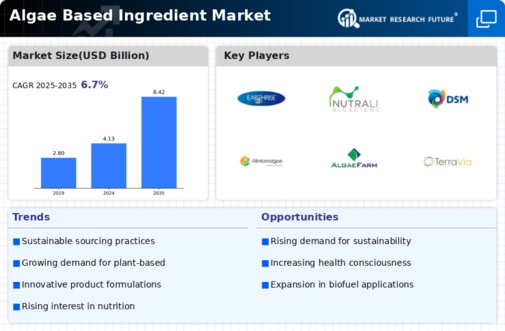

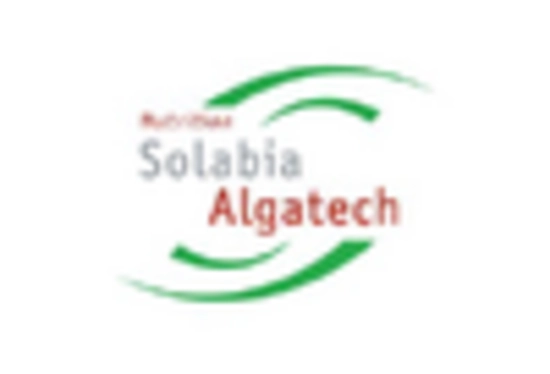
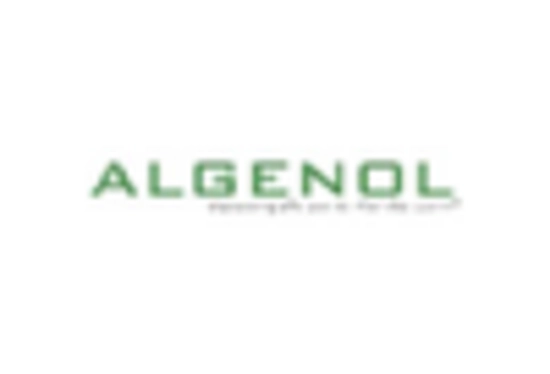
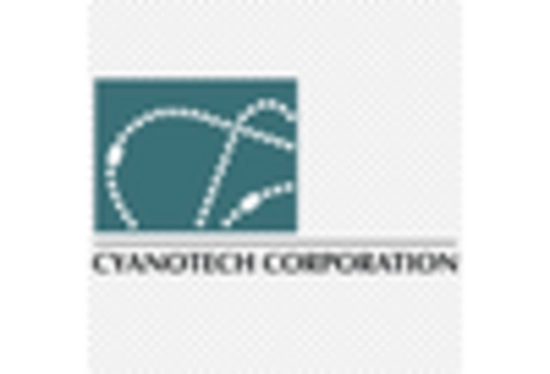
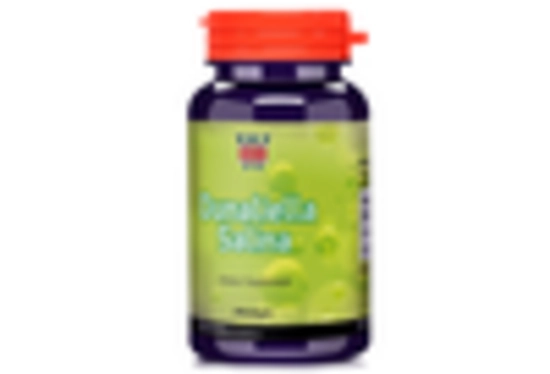

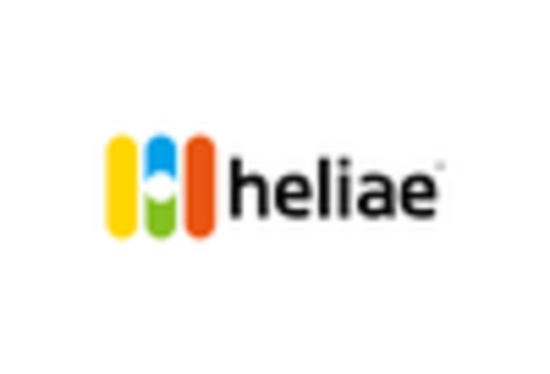








Leave a Comment